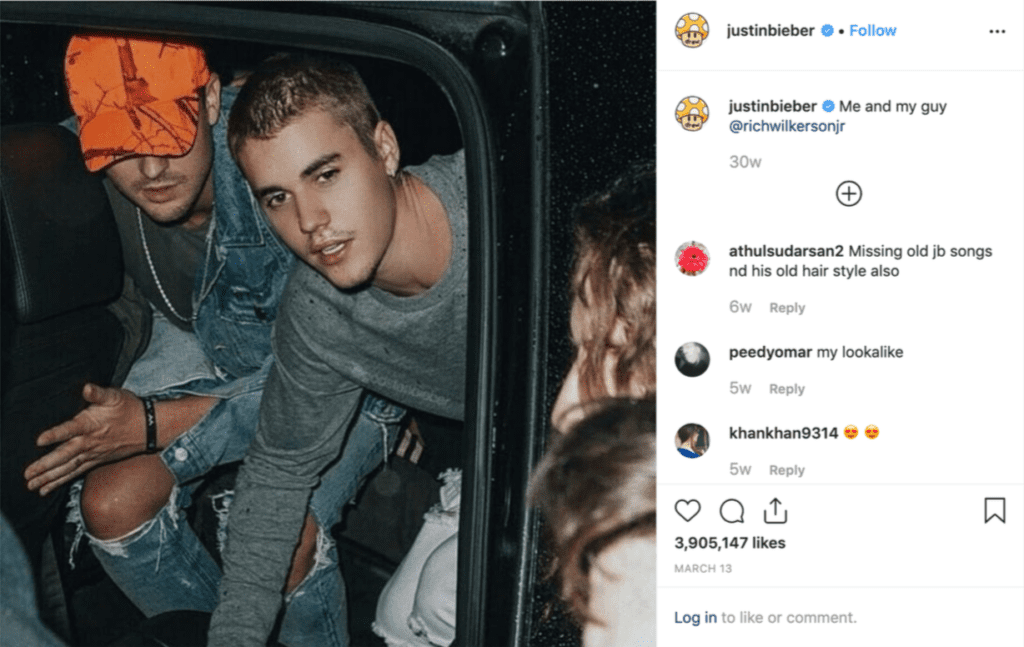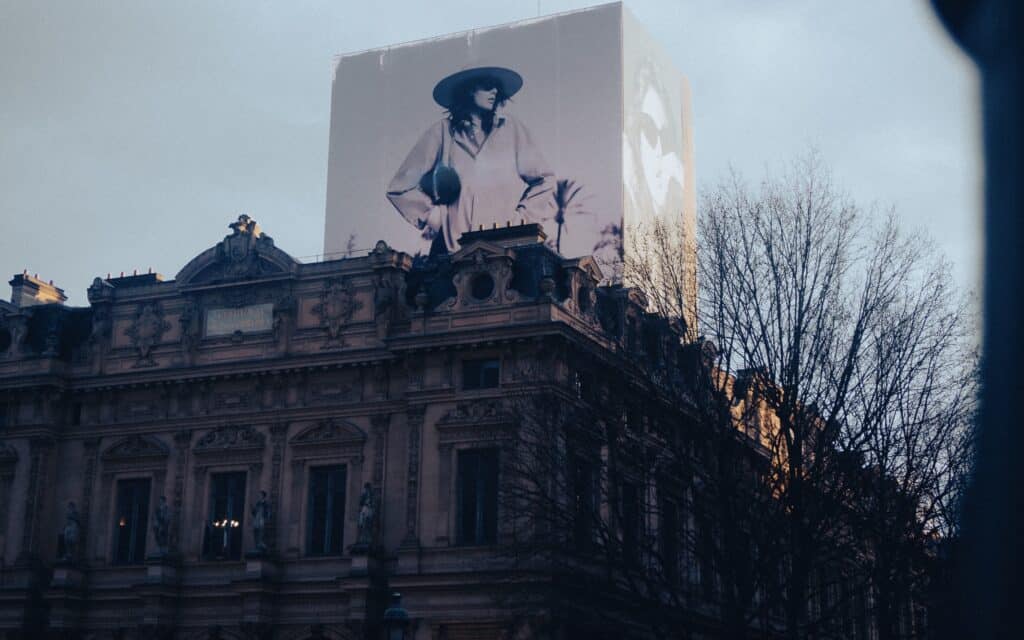Does the unauthorized embedding of a social media posts that contain copyright-protected photos amount to copyright infringement? If you were hoping to get a definitive answer to that question from the case that photographer Robert Barbera filed against CBS, think again. The case settled out of court last month, thereby, failing to pick up – in any meaningful way – where the Goldman v. Breitbart lawsuit over embedded tweets that featured a photo of football star Tom Brady left off before it was voluntarily dismissed in May.
In a highly-contested decision in early 2018, Judge Katherine Forrest of the U.S. District Court for the Southern District of New York determined that a handful of media companies, including Vox, Time, Yahoo, and Breitbart, among others, infringed a copyright-protected image that Eric Goldman took of Tom Brady out in East Hampton, New York by embedding third-party tweets that contained the image into articles on their websites. (The photo was a big deal, as Brady was photographed alongside basketball star Kevin Durant, giving rise to rumors that “Brady was part of the Boston Celtics contingent attempting to recruit Duran,” a free agent at the time).
Finding for Goldman, Judge Forrest’s February decision was a stark contrast to the general agreement among U.S. courts that when a party embeds a photo into an article, and thus, does not actually create a copy of the image or store it on its server, there is no new “display” of the photo for copyright purposes, and as a result, no copyright infringement.
Following the lower court’s decision in the Goldman case, Heavy Inc., one of the defendants, asked the Second Circuit Court of Appeals to review Judge Forrest’s finding, only to have the court decline, thereby leaving Forrest’s decision to stand as is.
Goldman subsequently moved to dismiss his claims against the remaining defendants, and the court’s stance on embedding was left at odds with the widely-cited 2007 decision in Perfect 10, Inc. v. Amazon.com, Inc., in which the U.S. Court of Appeals Ninth Circuit held that unlike when a website owner/operator stores an image and then provides that image directly to users, which violates a copyright holder’s exclusive rights, embedding is different than that. As the court’s 3-judge panel stated, embedding does not require that an image be copied or stored, and thus, does not run afoul of copyright law.
However, just days before Goldman’s counsel filed a motion for voluntary dismissal, another photographer lodged a copyright infringement lawsuit in the same court in a case centering on an embedded Instagram post.
Counsel for photographer Robert Barbera filed suit against CBS, alleging that the media giant infringed his exclusive right to display and/or authorize others to display a photo he took of Justin Bieber by “reproducing and publicly displaying it” in an article documenting the “most liked Instagram pics” on March 13. According to Barbera, “CBS did not license the photograph from [him]” for its article, “nor did it have [his] permission or consent to publish the photograph on its website.”
Responding to the complaint in May, CBS admitted that “an article entitled ‘Best Celebrity Instagram Photos Tonight: Justin Bieber and more of [the] most liked Instagram pics from Antoni Porowshi and Kim Kardashian’ appeared on [its] www.idaily.com website,” and that the article “contained an in-line link to an Instagram page that featured [Barbera’s] photograph.” However, the media giant denied that such use gives rise to copyright infringement liability, as Barbera’s claim “is barred in whole or in part by the doctrine of fair use.” It also denied liability on the basis that “any use of the image in suit by Defendant was through in-line linking or embedding.”
Fast forward to last month and the parties appear to have settled their differences out of court and long before trial, as the court issued a stipulation and order of voluntary dismissal signed by both the plaintiff and the defendant, and thereafter, formally closed the case.
As Harvard Law’s JOLT digest asserted last spring, the closely watched Goldman case falls neatly in line with “many of the copyright cases arising from novel features of the internet [that] do not have clear analogues in pre-internet copyright law, including the Perfect 10 case.” The short-lived case that Barbera filed against CBS is another one on this very same list, and it will not be the last one in which these issues play out, according to Davis Wright Tremaine LLP partner Lance Koonce, particularly since media giants and individuals, alike, regularly lack “clarity around how and where content is used, and by whom, as well as clearer data on who created it.”
Koonce states that future litigation is nearly inevitable because the situation is made murkier by the fact that the copyright concept of fair use is “often messy in its application.”
The bottom line, he says, “is that the use of content created by others needs to be fair, under the circumstances.” For instance, “If a news organization reports on a breaking story, ‘fair’ likely means using whatever portion of the content is needed to tell the story, crediting the owner.” On the other hand, “If the use is for some commercial purpose that doesn’t directly serve an important societal interest, ‘fair’ may mean payment.”
Based on the differing opinions in varying jurisdictions, when it comes to embedding, it is unclear exactly what “fair” looks like.
And while it may seem as though litigation over the Bieber photo – one that depicts him alongside cool-pastor Rich Wilkinson – has come to a close, that is not necessarily the case. Barbera field suit against Bieber for copyright infringement this week for posting it to his Instagram account without authorization.
*The case is Barbera v. CBS Interactive Inc. 1:19-cv-04298 (SDNY).














